Elevation of Boiling Point:
The temperature of a substance (liquid) at which the vapour pressure of a liquid is equal to atmospheric pressure is called the boiling point of the liquid. It is characteristic of each liquid. For example- the boiling point of H2O is 373 K.
We know that the vapour pressure of a solution containing a non-volatile solute is lower than the vapour pressure of the pure solvent. Thus, such solutions have to be heated more to boil the solution.

This increase in temperature or the additional temperature required to boil such solution is called elevation in boiling point. If T°b is the boiling point of the solvent and Tb is the boiling point of the solution, then, ΔTb is the elevation in boiling point which can be mathematically written as-
| ΔTb = (Tb – T°b) |
This elevation in boiling point is colligative property as the elevation in boiling point is directly proportional to the lowering of vapour pressure (ΔP),
| i.e., ΔTb ∝ ΔP ……….(i) But according to Raoult’s Law, ΔP ∝ xB ……….(ii) [Where xb is the mole fraction of the solute] From (i) and (ii), ΔTb ∝ xB ⇒ ΔTb = k . xB [Where k is the constant of proportionality] ⇒ ΔTb = (k . nB) / (nA + nB) = k (nB/nA) Since solution is dilute and nB << nA [as ΔTb is colligative property] ⇒ ΔTb = k . nB / (WA/MA) = k . MAnB / WA ……….(iii) [Where WA = Weight of solvent and MA = Molecular Mass of solvent] If the weight of solvent WA = 1 kg; then nB / WA = molality (m) of the solution. Therefore, ΔTb = k . MA . m = kb . m ……….(iv) [Where kb = k . MA is another constant] This new constant kb is called molal elevation constant or ebullioscopic constant. If m = 1 ⇒ ΔTb = kb |
Hence, the molal elevation constant is the elevation in boiling point when the molality of the solution is unity. This constant has a characteristic value for each liquid which changes with temperature. Its unit is K/m or K kg mol-1.
Example- For H2O, kb = 0.52 K kg mol-1 at 373 K.
Calculation of Molecular Mass of Solute from ΔTb:
| From relation (iv), ΔTb = kb . m = kb (nB / WA) ……….(v) Since molality is the number of moles of solute in 1000 gms of solvent, Therefore, m = (WB/MB) X (1000/WA) ……….(vi) Using relation (vi) in (v), we get ΔTb = (kb . WB . 1000) / (MB . WA) Therefore, MB = (kb . WB . 1000) / (ΔTb . WA) Hence molar masses of non-volatile solute are determined. |
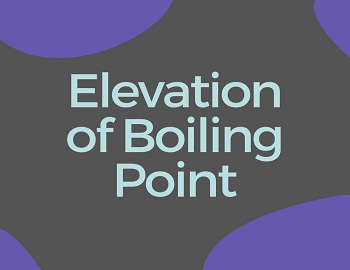
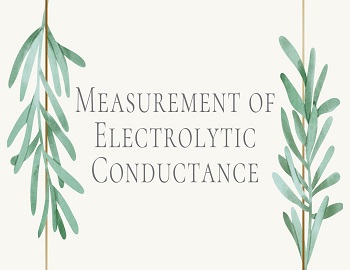
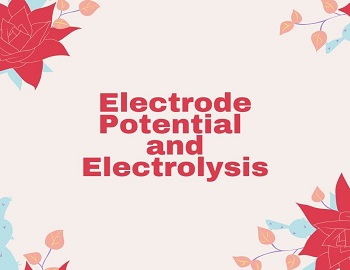
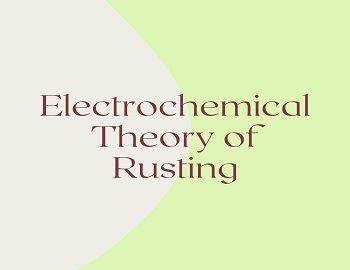
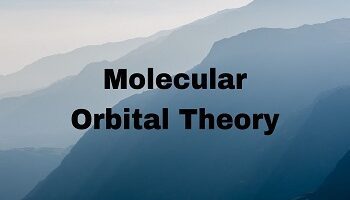
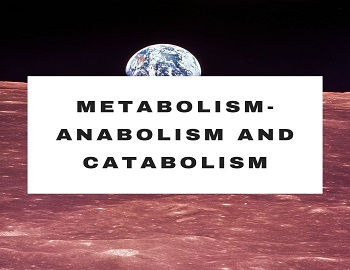

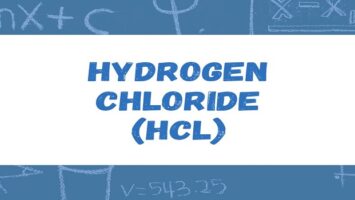

Comments (No)